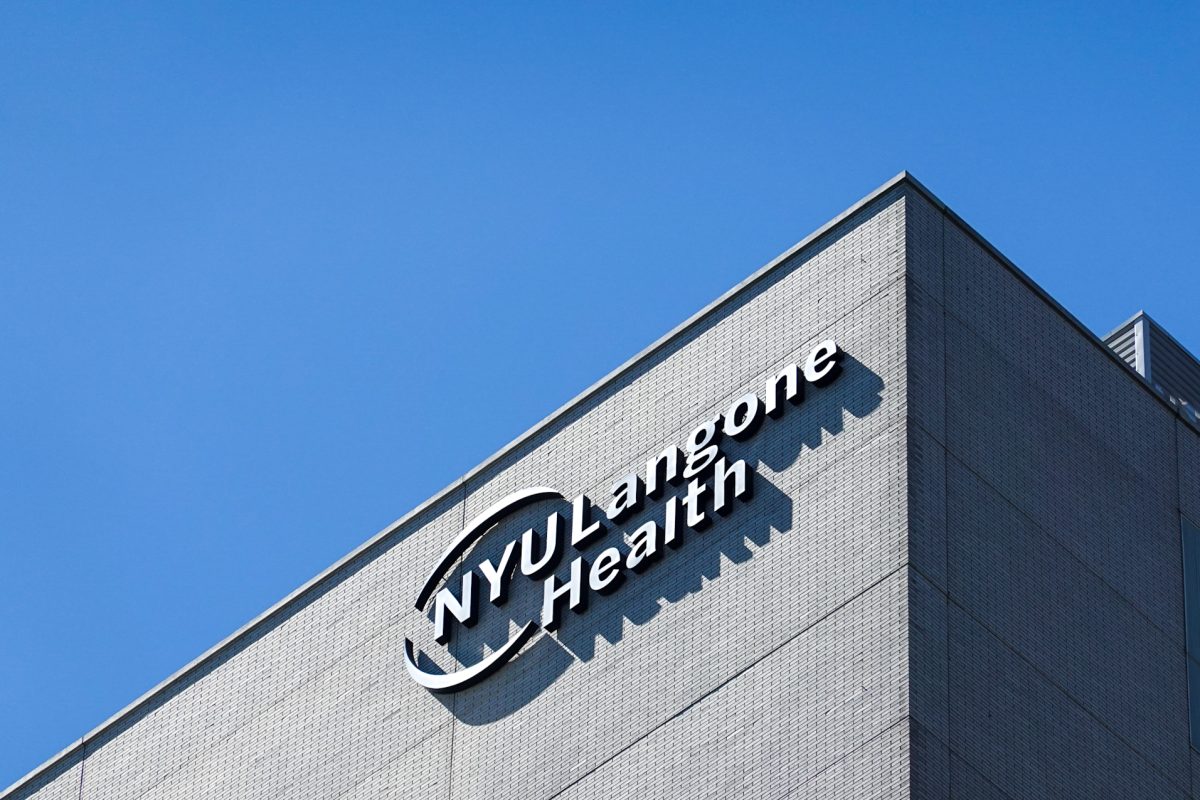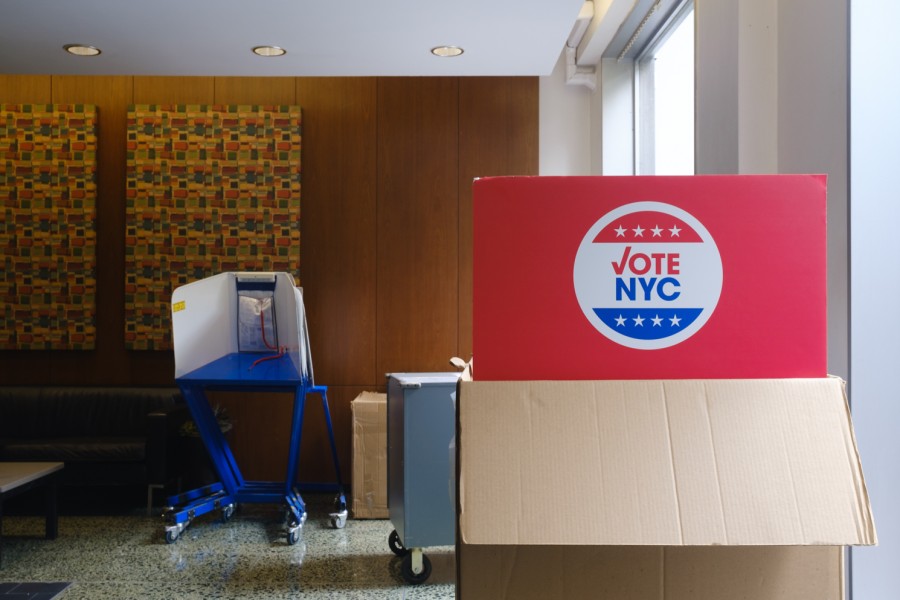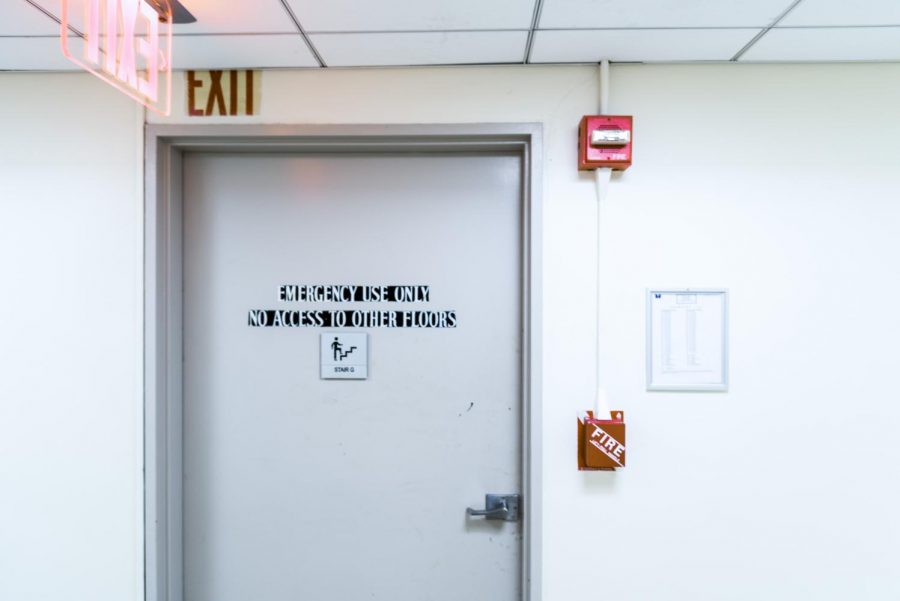Public Safety Releases Annual Report
On October 1st, NYU’s Department of Public Safety released it annual report containing statistics of crimes across all NYU campuses.
October 10, 2017
The NYU Department of Public Safety released its Annual Campus Security and Fire Safety Report on Oct. 1. The report, which contains statistics for the years 2014, 2015 and 2016, records all crimes occurring in the Manhattan campus, Tandon School of Engineering, NYU School of Medicine and NYU global campuses.
The report indicates that since 2014 there were zero weapon-related arrests at NYU, as well as zero weapons-related incidents that led to referrals for disciplinary action.
The report also shows a significant decrease in arrests for drug and alcohol-related incidents. Alcohol-related arrests dropped from 207 in 2014 to zero in 2016, and arrests for drugs dropped from 79 in 2015 to two in 2016.
While the report also indicates a decrease in off-campus crimes, the number of on-campus crimes increased over the past three years.
Vice President of Global Campus Safety Marlon Lynch attributed this increase in on-campus crimes to a new rule announced by the Department of Education.
This one mile rule, which is featured in a new edition of the “The Handbook for Campus Safety and Security Reporting,” that was published in June 2016, states that “it is reasonable to consider locations within one mile of your campus border to be reasonably contiguous to your campus.”
Accordingly, any property located within one mile of the center of NYU’s campus, Washington Square Park, is considered an on-campus facility for NYU.
“Public Safety conducted a review of our New York campus locations and facilities and changed the designations of NYU owned or controlled buildings from non-campus to on-campus to comply with the rule change,” Lynch said. “All NYU residence halls, with the exception of Affinia Hotel, are now designated as on-campus residence halls.”
The most common crimes that were reported at NYU, on public property and at NYU facilities, were burglary, with 44 incidents, followed by dating violence and rape, with 22 and 36 incidents respectively.
However, Lynch says that the most frequent crime at NYU is larceny — the theft of personal property — a crime that is not recorded in the Campus Security and Fire Safety Report.
Also, despite arrests on campus decreasing over the past three years, the number of drug and alcohol-related incidents on campus requiring referrals to disciplinary action has also notably increased.
Events requiring disciplinary action relating to drugs increased from four in 2014 to 218 in 2016. More evident, however, was the rise in incidents needing disciplinary action for alcohol related matters, with an increase from 66 incidents in 2014 to a striking 1458 in 2016.
“Drug and alcohol arrest numbers are provided to NYU Public Safety by the New York City Police Department upon request,” Lynch said. “Public Safety, as a non-sworn campus security department, does not have arrest powers and relies on the NYPD for disclosure of arrest statistics.”
Lynch also said that disciplinary referral statistics are internal to the university and that Public Safety collects the data from the Office of Community Standards and updates the crime statistics table accordingly.
A version of this article appeared in the Tuesday, Oct. 10 print edition. Email Lorenzo Gazzola at [email protected].











































































































































